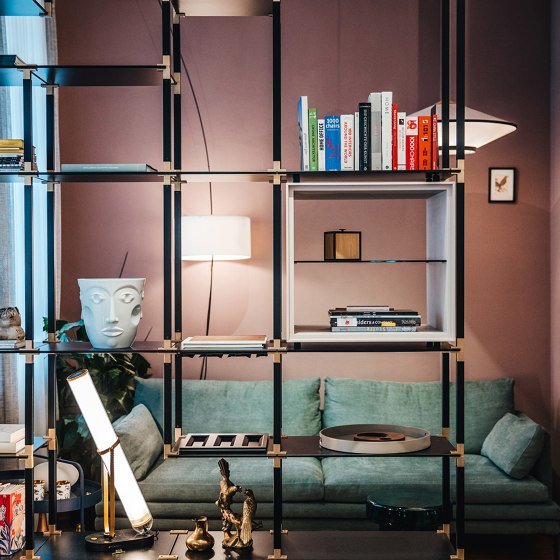The November Structure Billings Index slowed, is a downturn on the way in which?
Measured before another potential economic slowdown caused by COVID’s Omicron variant, the Architecture Billings Index (ABI) for November 2021, released by the AIA yesterday, is seemingly slowing down after a 10-month bull run. The monthly composite index came in at 51.0 in November (anything over 50 is growth from the previous month, anything under contraction), compared to 54.3 in October and 56.6 in September.
“The period of elevated billing scores nationally, and across the major regions and construction sectors seems to be winding down for this cycle,” said AIA Chief Economist, Kermit Baker, in the report’s release. “Ongoing external challenges like labor shortages, supply chain disruptions, spiking inflation, and prospects for rising interest rates will likely continue to slow the growth in firm billings in the coming months.”
Despite the overall tapering, both demand for new projects and the amount of newly signed contracts remained surprisingly positive. New project inquiries measured in at 59.4 in November, down slightly from 62.9 in October, but still indicating that developers and homeowners were still interested in new projects. The actual newly signed design contracts index came in at 55.8, still strong but a slight dip from the 58.0 documented in October.
So if clients want to build and are apparently backing that desire up, why is the growth measured by the ABI leveling off? Unfortunately, one only has to look toward the regional figures for insight. Demand for design services on a region-to-region basis was strongest in the Midwest 57.6, down from 61.9 in October. The South remained in second at 53.7, a marked decrease from 58.2 the month before, and the West stayed in third at 50.9, down from October’s 53.4. As has been the case throughout most, if not all, of the pandemic, the Northeast remained the worst-performing region across the entire United States, measuring only 45.5 in November. That represents an actual decrease, not just lesser amounts of growth, and it follows a similar path as October, which saw demand fall to 48.6.
Demand by project type also seemed relatively tepid overall. Firms with mixed practice work, and presumably diverse portfolios to follow, saw the most growth in November at 56.9, compared to 58.7 in October. Those with multi-family residential projects only came in at 51.4, a slide from 55.8 in October, while firms with commercial and/or industrial projects saw design demand measure in at 50.5 in November, remaining essentially flat month-over-month, a major dip from the 57.4 shown the month prior. Firms specializing in institutional projects were again hit the hardest, squeaking by at 50.1 in November, similar to the sector’s already static 51.4 in October.
As for the AIA’s survey of top firm issues as we roll into the third year of the pandemic, staffing and profitability remained key concerns. With design demand still high, material costs, COVID, and retaining staff (and not burning out extant employees) are creating a backlog for pushing through new projects—22 percent of firms said that hiring new staff to fill key vacant positions was in their top three issues. Overall, though, respondents appeared to be optimistic, with 78 percent expecting a good-to-great year in 2022.



